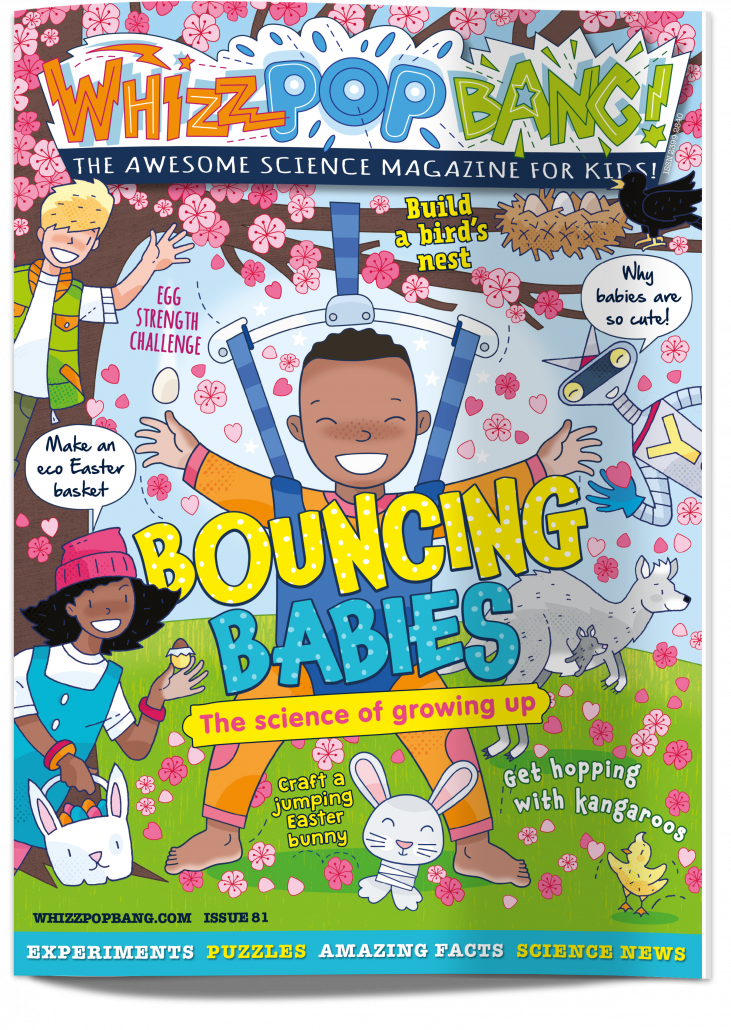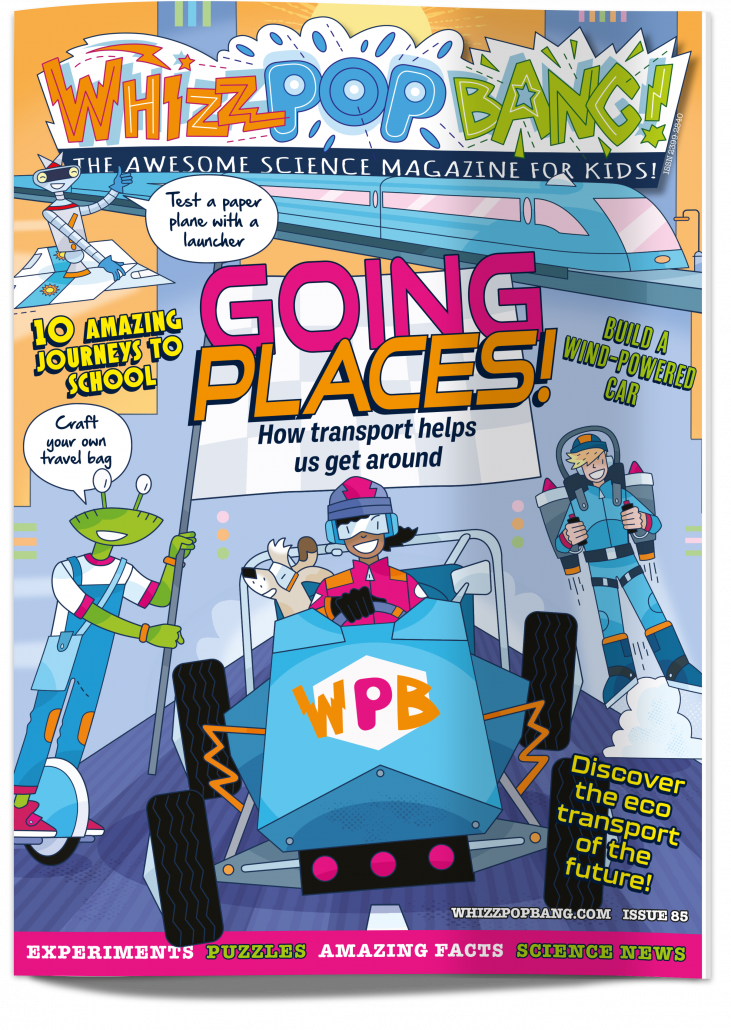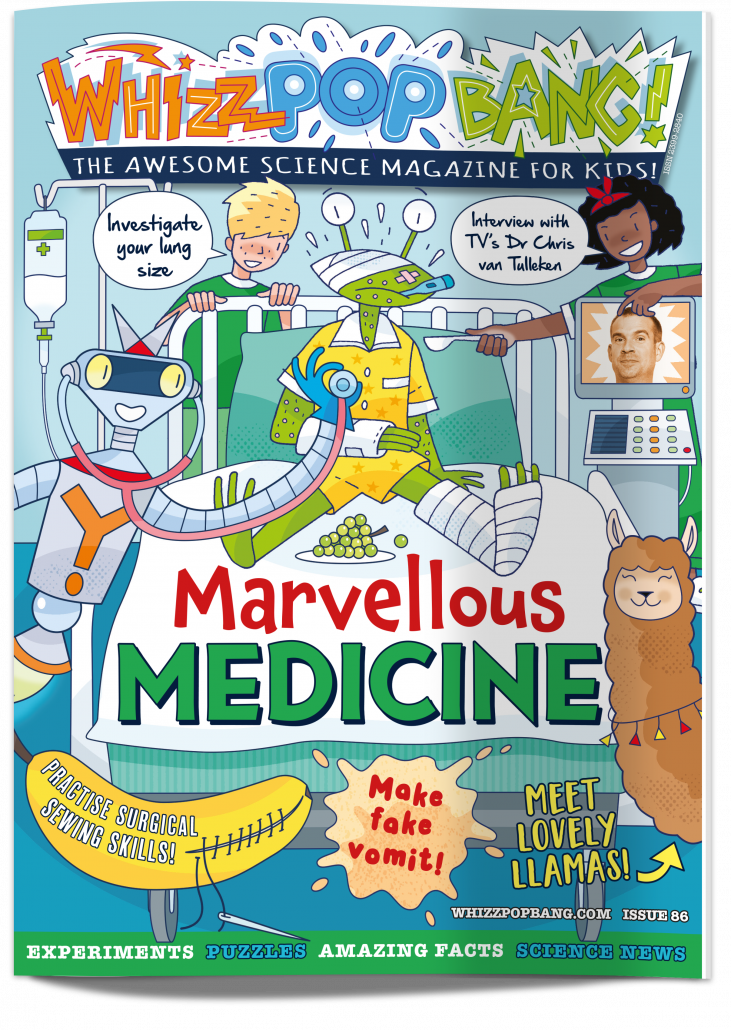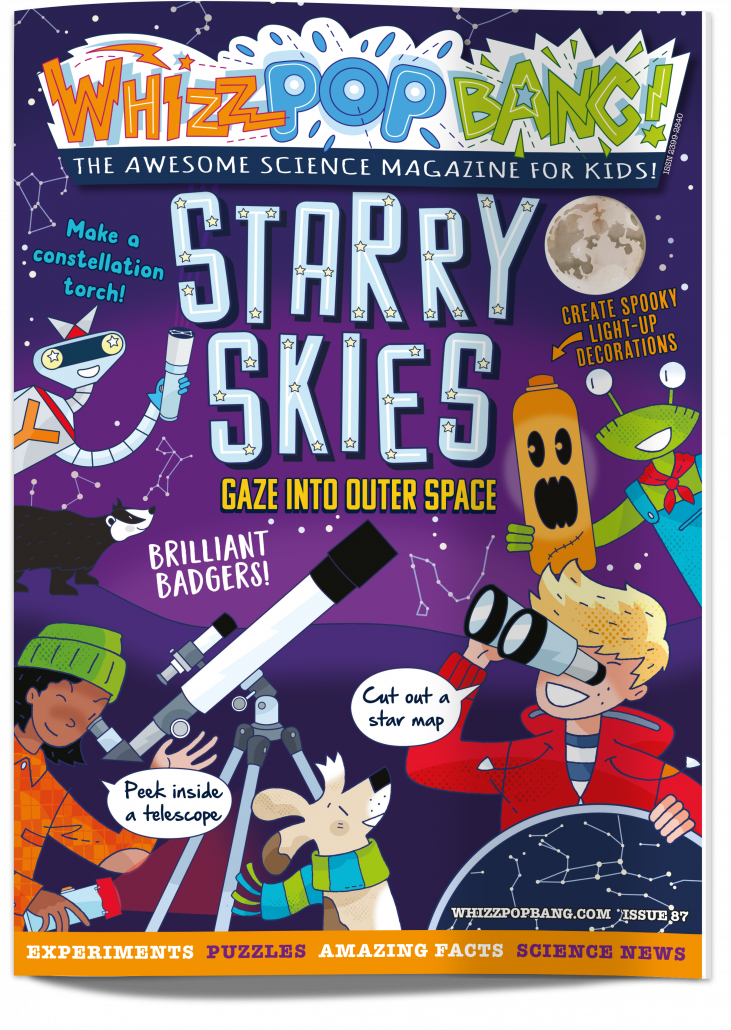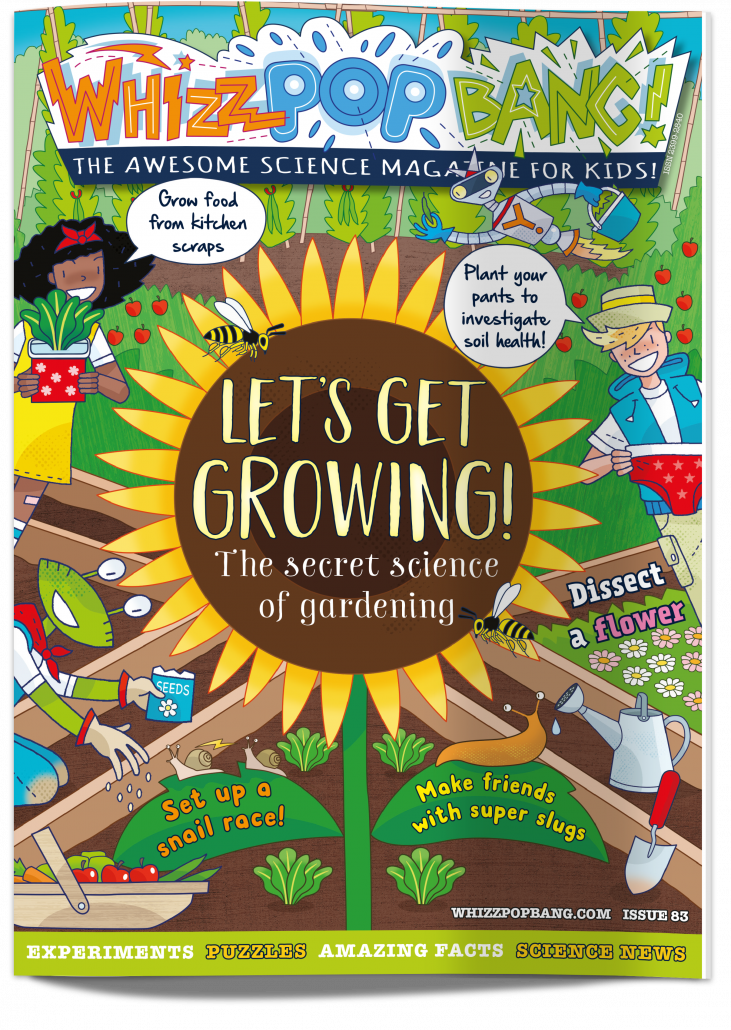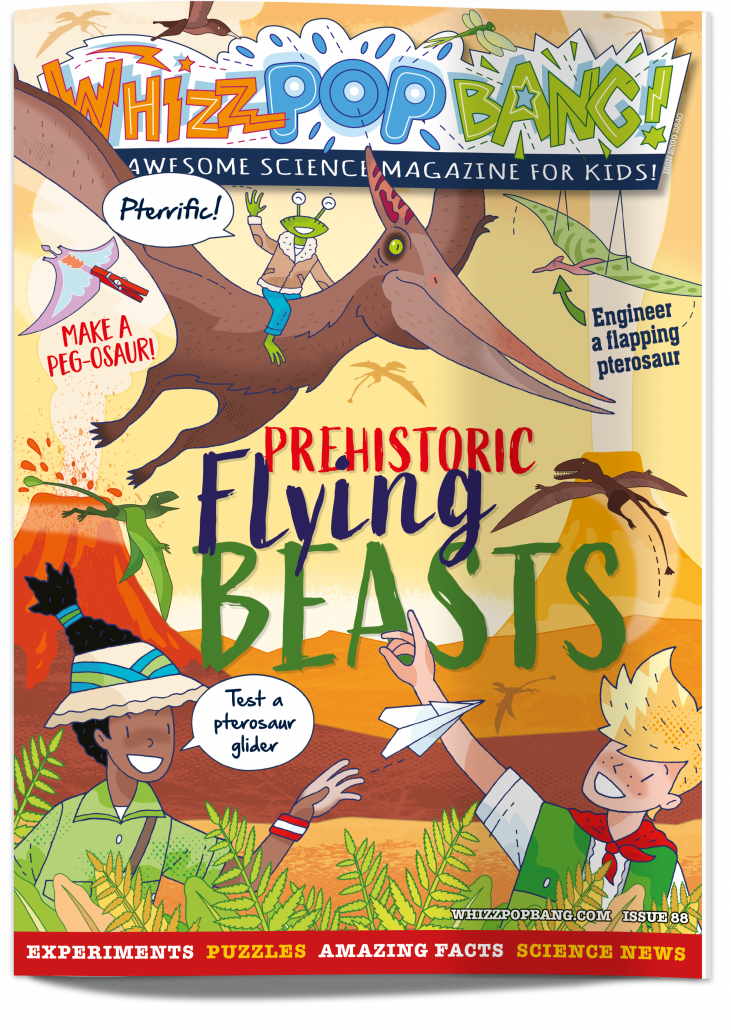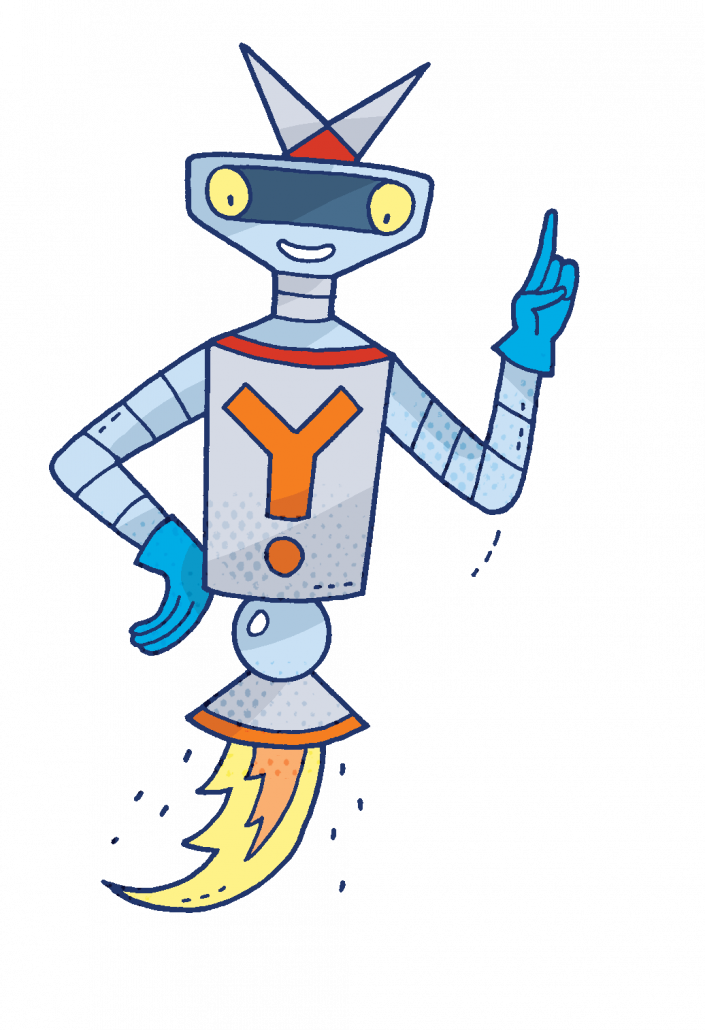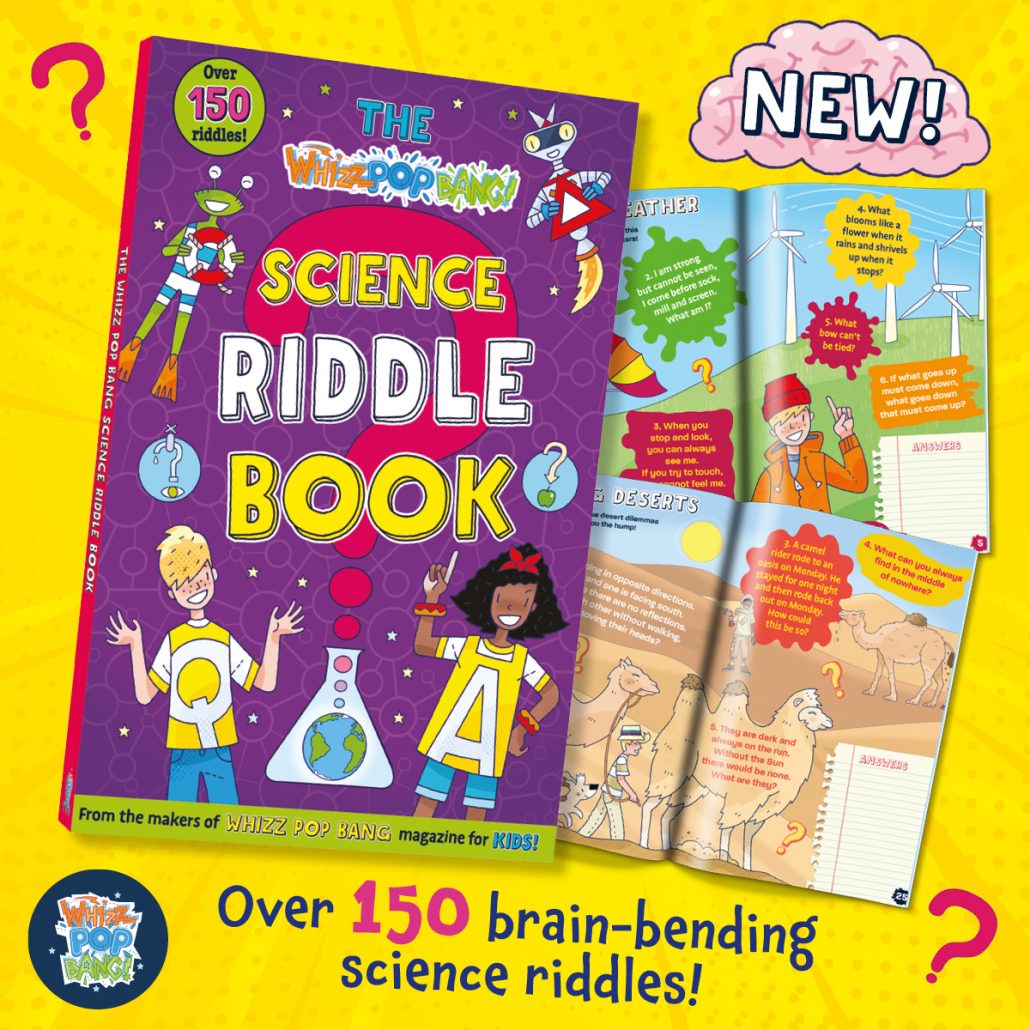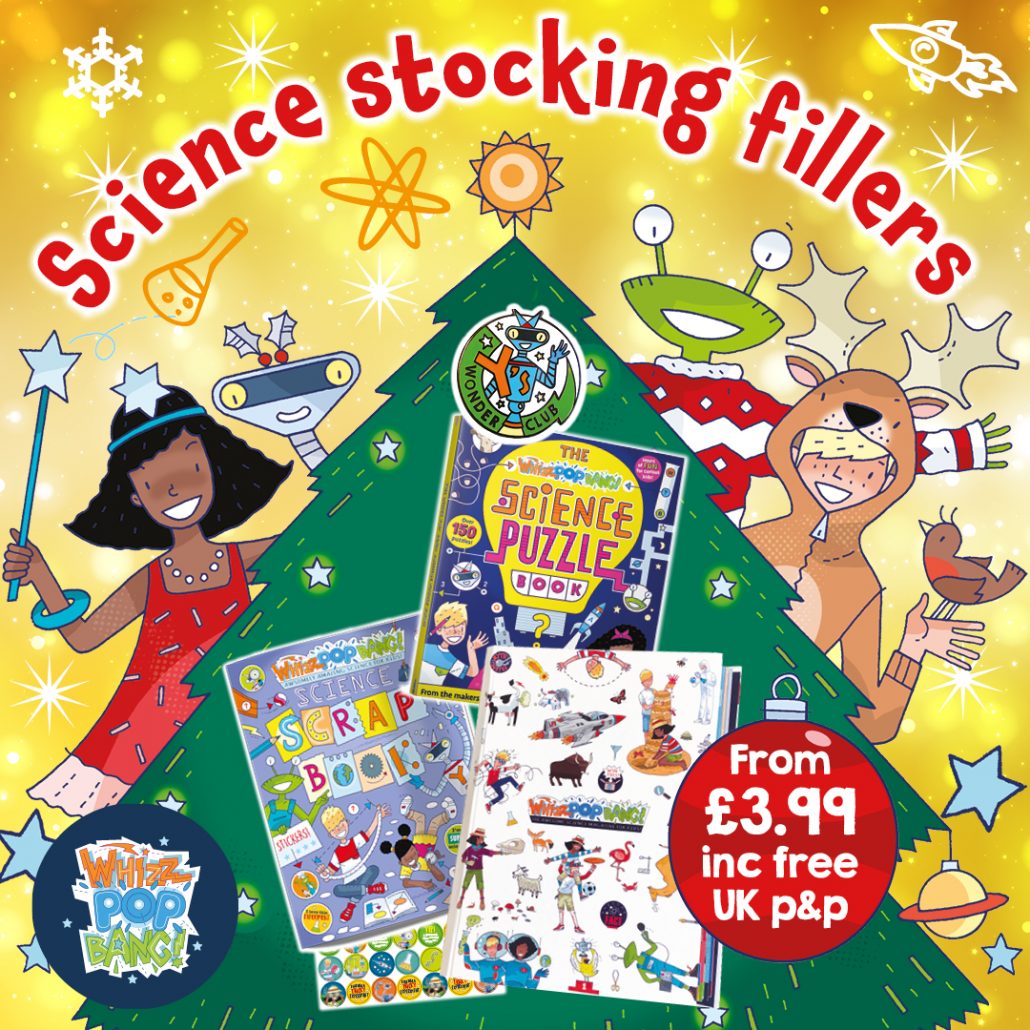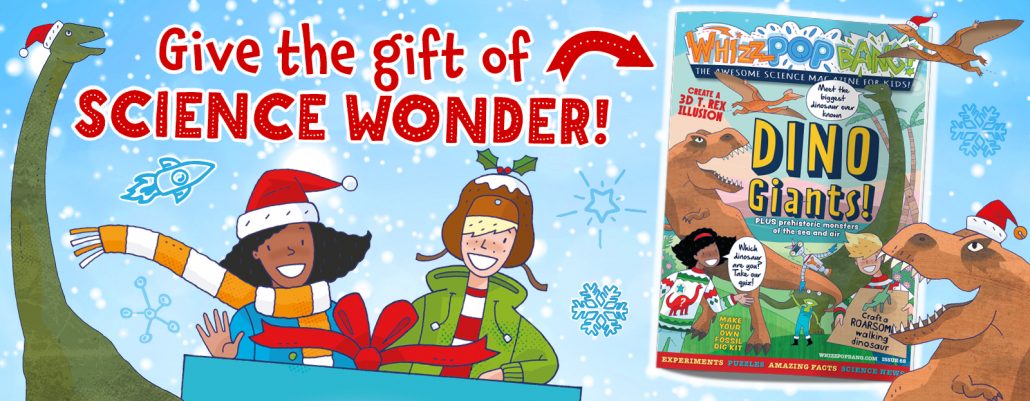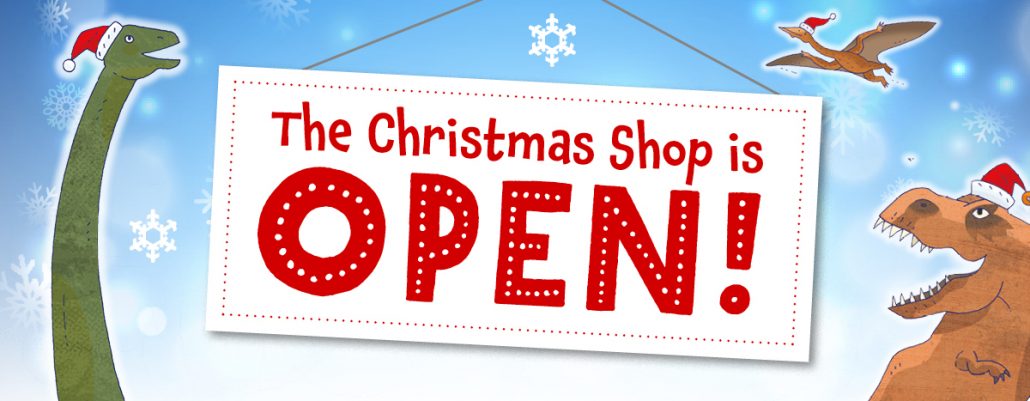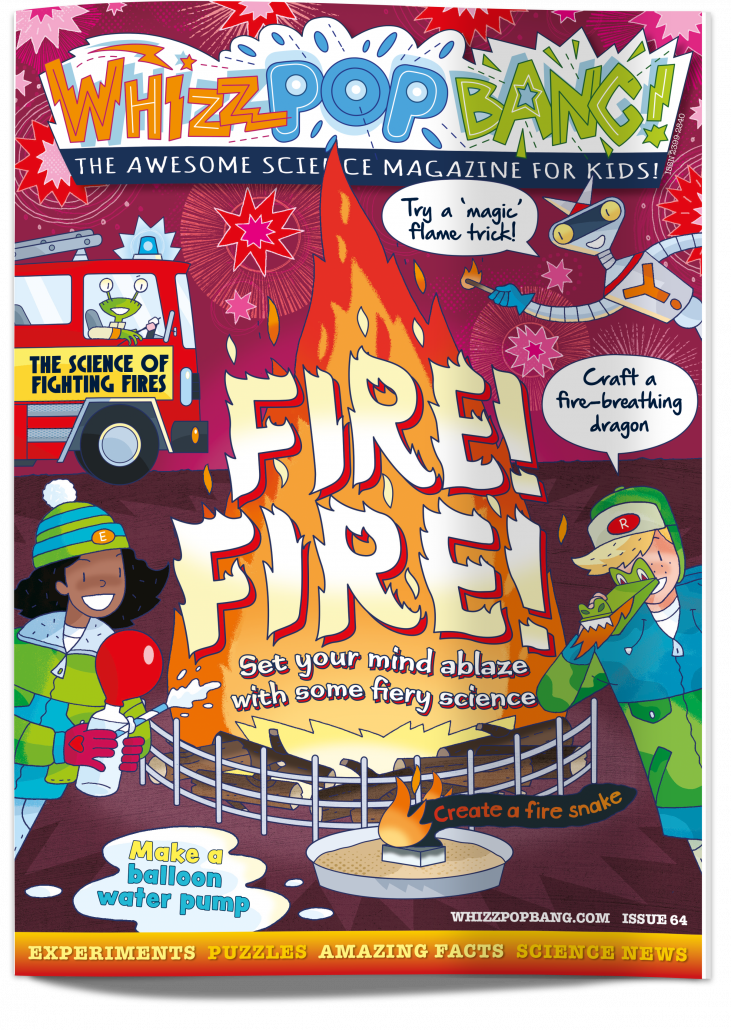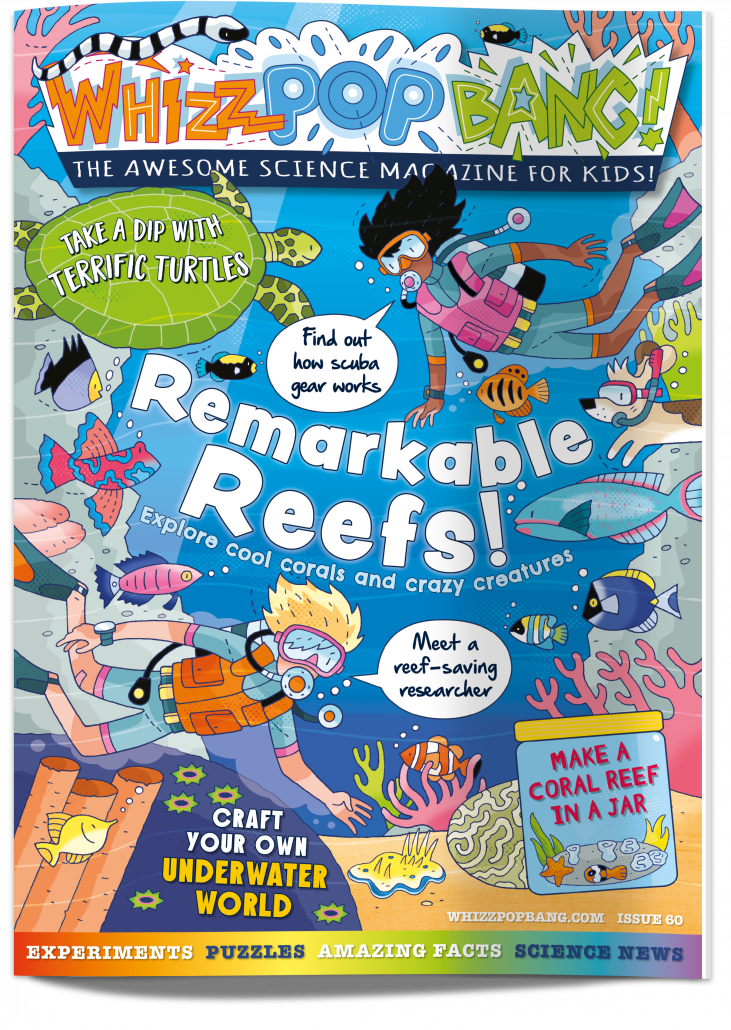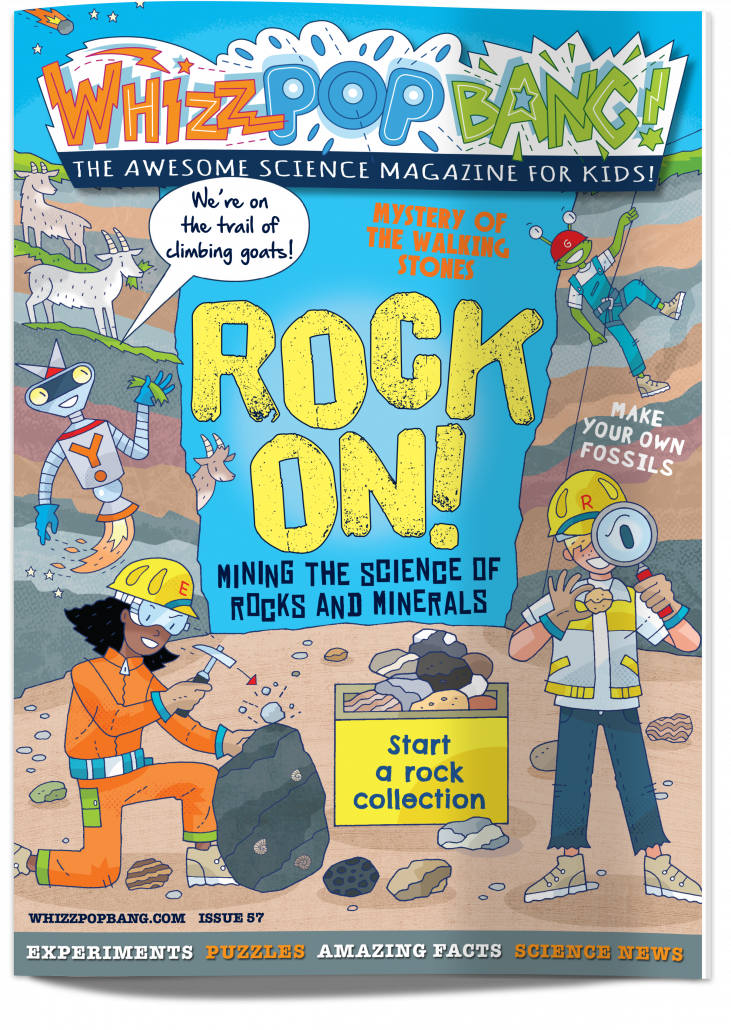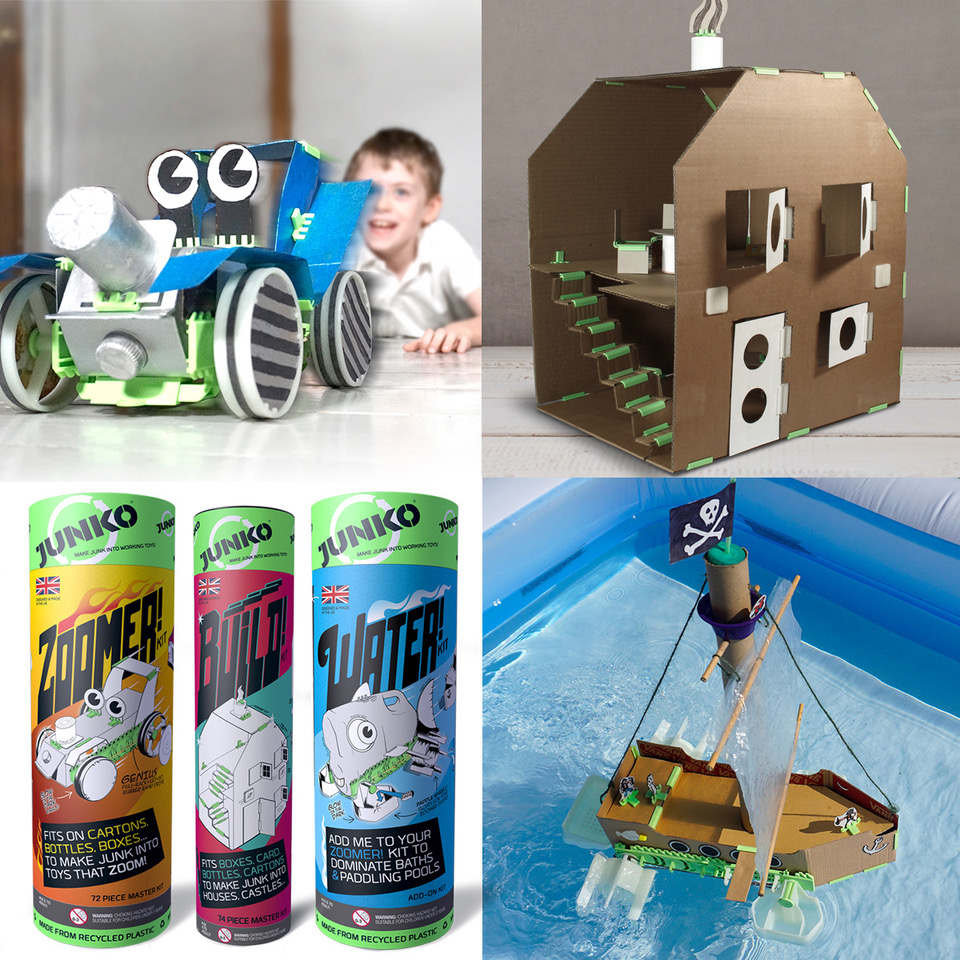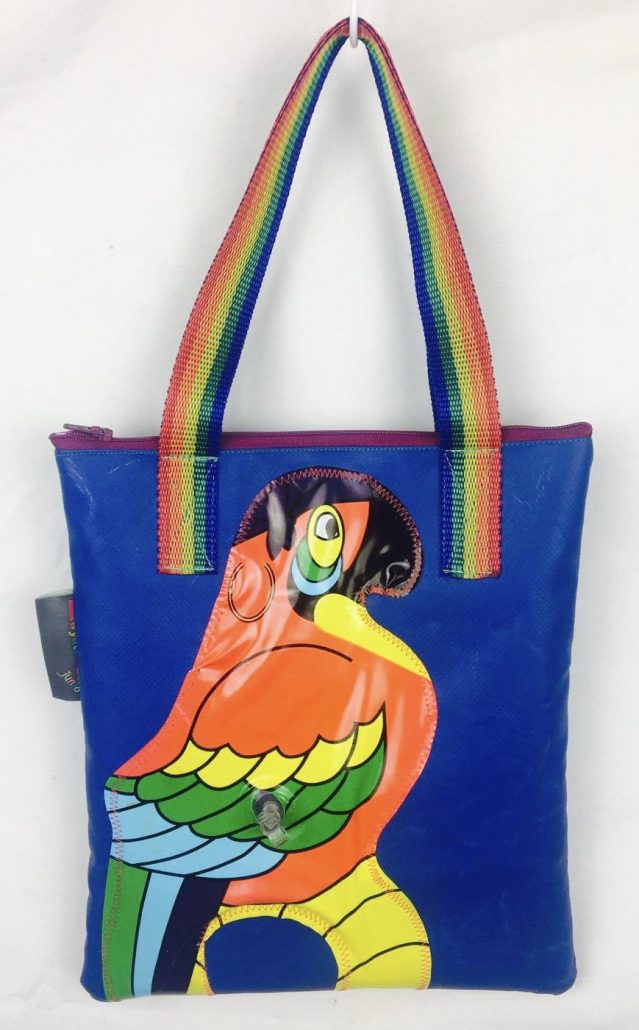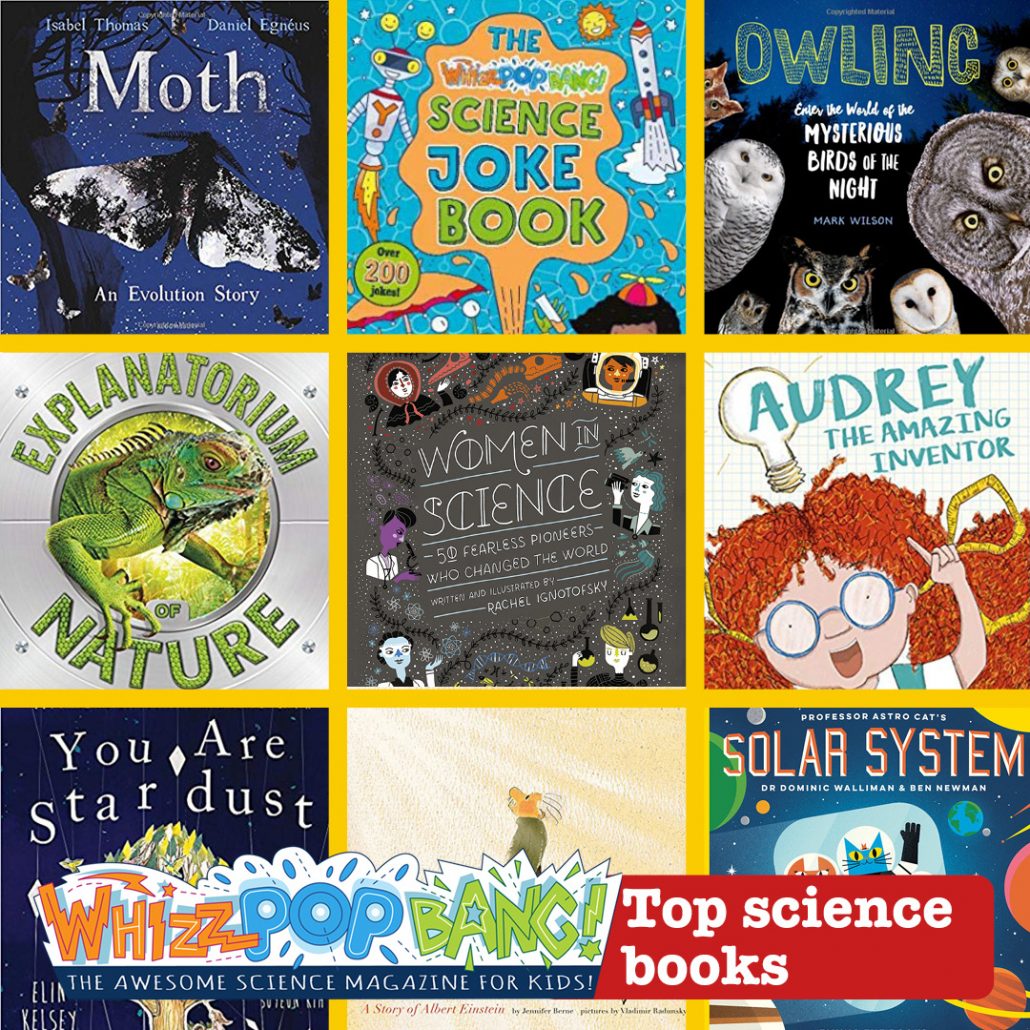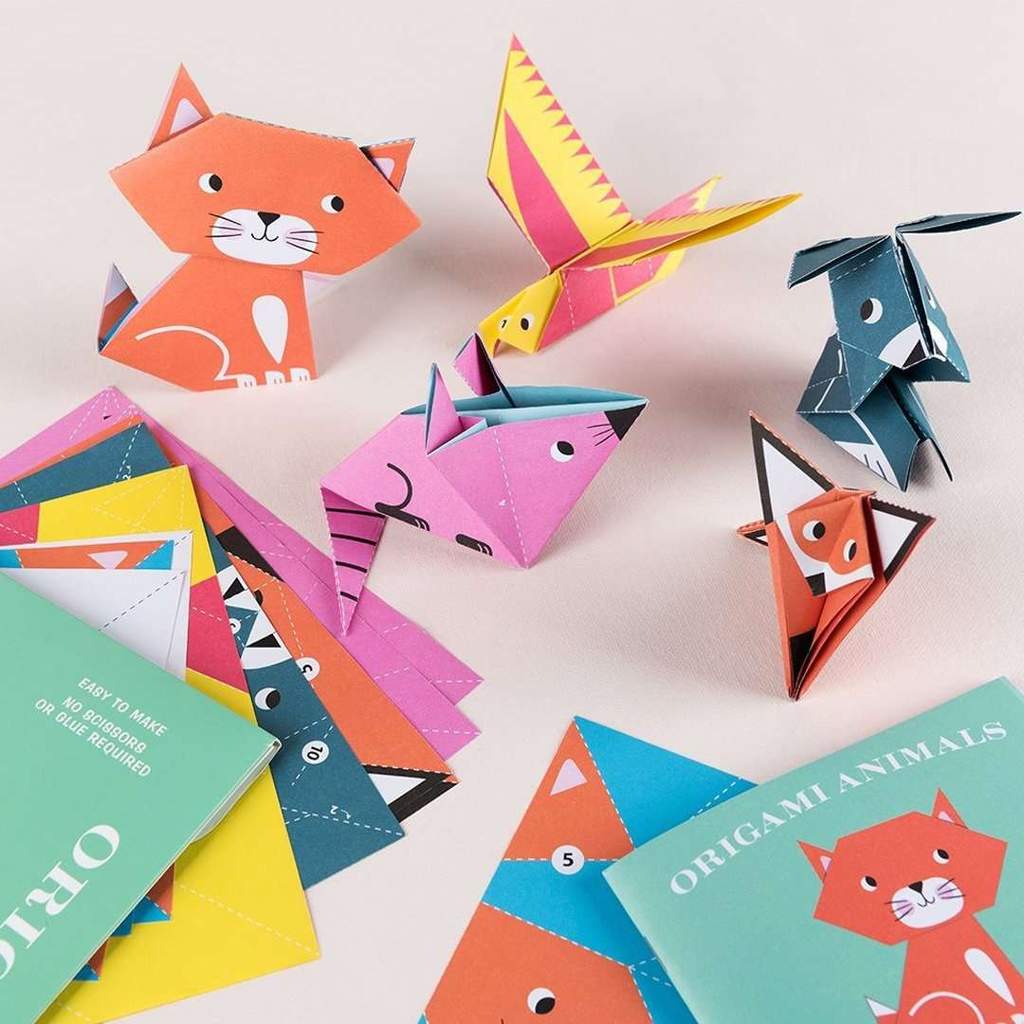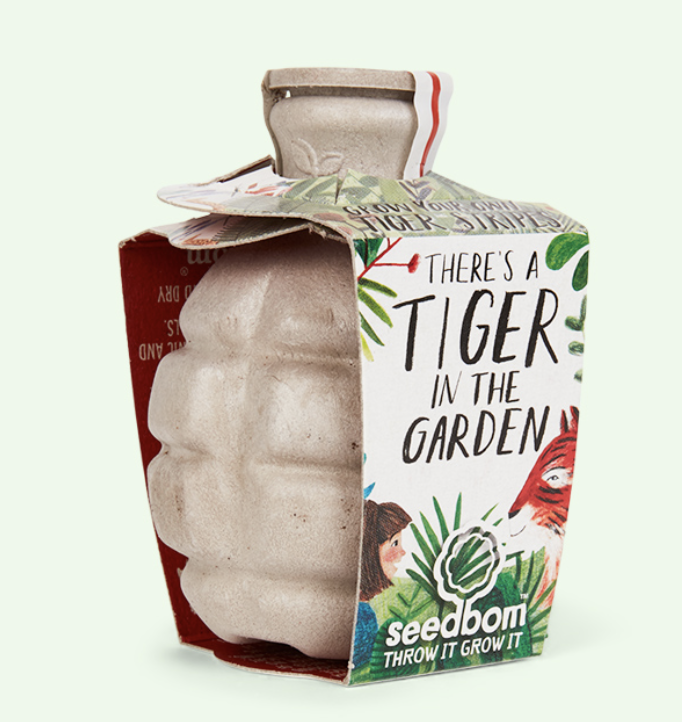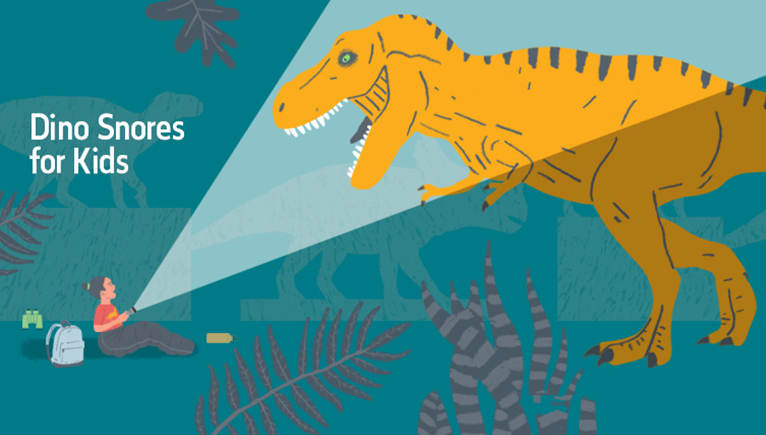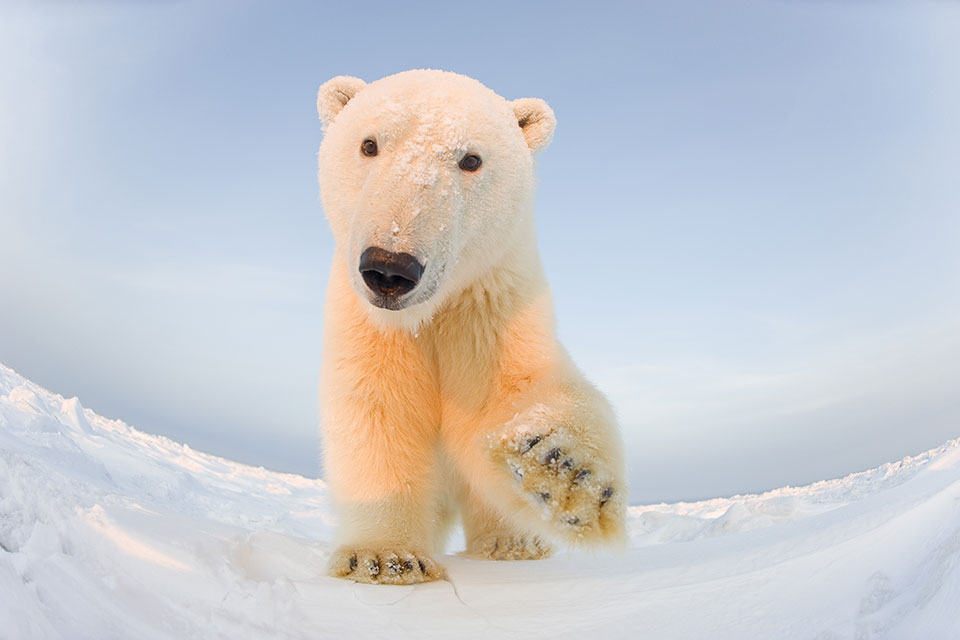Why do carrots grow underground? Why aren’t rivers salty? Why do bouncy balls bounce? What’s the Moon for? Why don’t human eyes glow like cats’ eyes? Why does ice stick to your skin? Why do we shiver? How is fire made? Why do people have different accents?
If there’s a curious child in your family who never stops asking ‘why?’, Whizz Pop Bang could be just the answer you’re looking for! Give a gift subscription this Christmas and help your scientist-in-training to understand the world around them. Get a free Science Magazine worth £5.99 with every subscription!
Keep reading to find the answers to these questions written by Whizz Pop Bang’s expert team of scientists, and discover why endless questioning is a really important part of your child’s development (even when finding the answers can be challenging!)

Why do children ask so many questions?
Questioning trusted adults is a crucial way for children to understand, and form their own ideas, about the world around them. But it can be exhausting at times – Paul L. Harris, Professor of Education at Harvard, estimates that a child asks 40,000 questions between the ages of two and five.
Every issue of Whizz Pop Bang is packed with fascinating facts, simple scientific explanations, and experiments designed to demonstrate the answers to some of your child’s burning questions. Our team of expert scientists (including our all-knowing robot, Y) are on hand to answer our readers’ questions every issue, too – so if you can’t find the answer to your child’s latest conundrum here, why not email us at y@whizzpopbang.com and see if we can help?
Meanwhile, here are the scientific explanations of a few wonderful questions we’ve been asked recently…
Why do carrots and other vegetables grow underground and not above ground?
We eat at least six different parts of plants. Sometimes we eat the leaves (e.g. lettuce and kale and cabbage). Sometimes we eat the stems (e.g. celery, asparagus, and rhubarb). We eat seeds, such as sunflower seeds and sweetcorn. We eat flowers (such as broccoli) and fruit. And we also eat roots and tubers. A carrot is the main root (or tap root) of a carrot plant. As well as soaking up water and minerals from the soil, it acts as an underground food store for the plant. That makes it a great food for us, too!
Why aren’t rivers salty, like the sea?
Rain isn’t salty because when water evaporates, anything dissolved in it is left behind. Rivers are topped up by this rainwater, so they aren’t very salty either. But rivers do pick up some salt as they rush over rocks. Eventually, this salt ends up in the sea. Rivers around the world carry 3.6 billion tonnes of salt to the oceans every year! But the oceans don’t just get saltier and saltier, because about the same amount of salt sinks to the seabed each year, becoming part of new rocks.
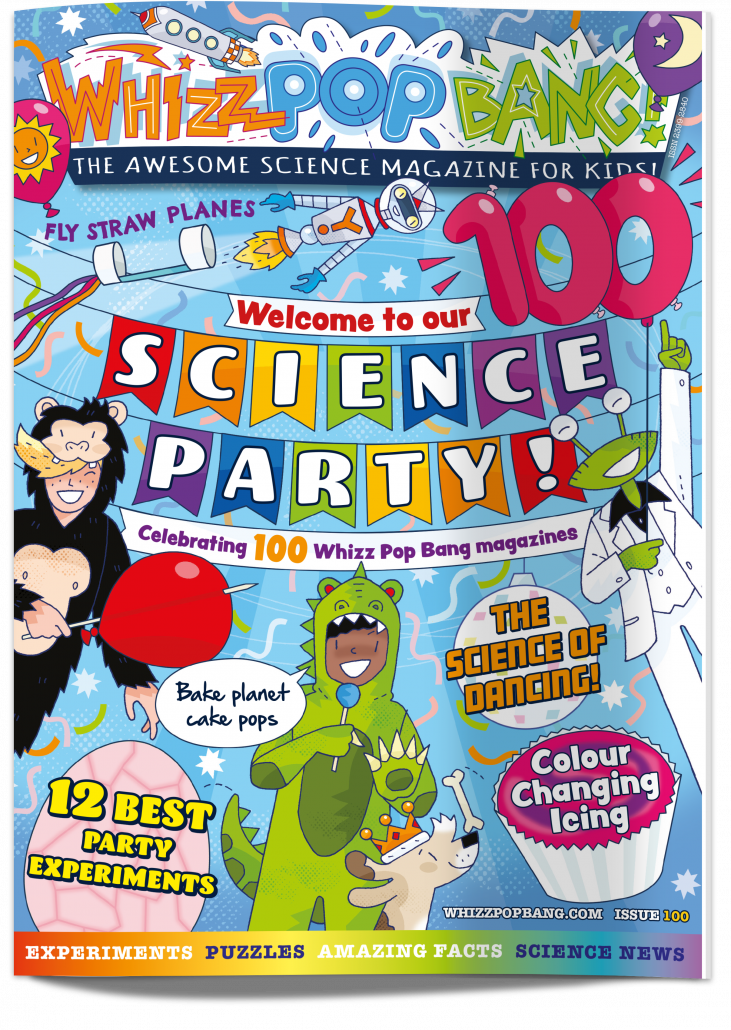
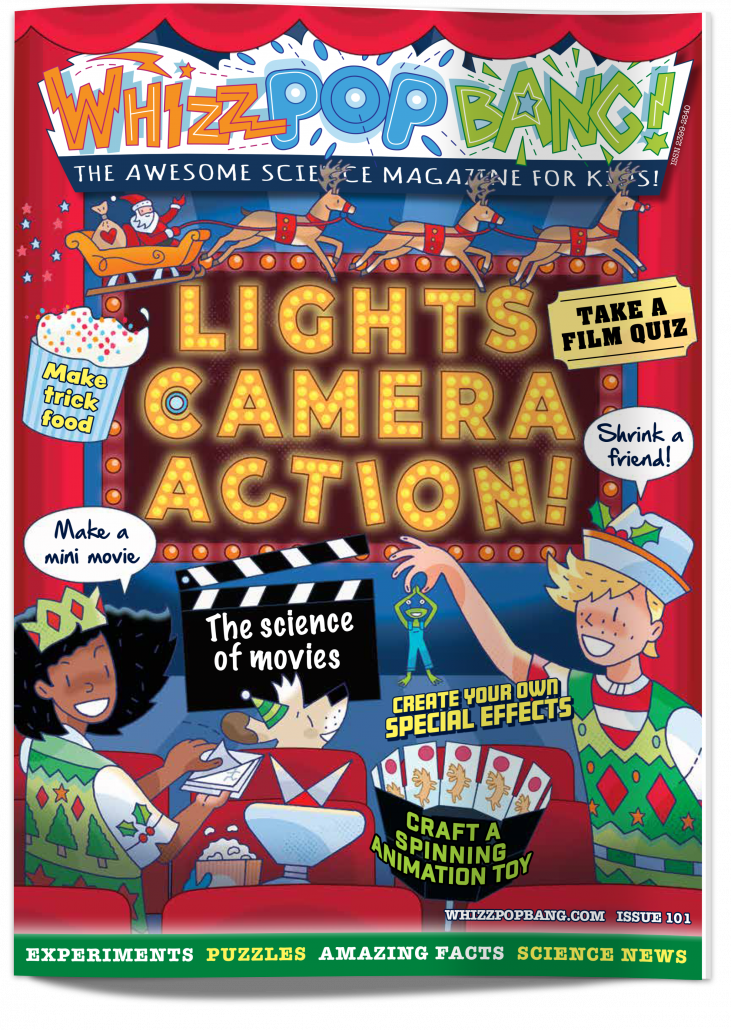
• Our movie edition ‘LIGHTS, CAMERA, ACTION!‘ as your first magazine
• FREE copy of the ‘SCIENCE PARTY‘ magazine!
• FREE gift card printed with your message to the child
• FREE festive packaging
• FREE UK p&p
Plus, your child will receive a magazine addressed to them through the letterbox every month!
Find full details here!
* Order by midnight on 17.12.23 for your items to be dispatched by Royal Mail’s last posting date for Christmas. Offer valid while stocks last or until midnight on 20.12.2023. Not valid in conjunction with any other offers.
Why do bouncy balls bounce and don’t just stick on the ground like a rock?
Unlike rocks, bouncy balls are made of elastic materials, such as rubber. Elastic materials are flexible – it’s easy to change their shape. But they return to their original shape after being squashed or stretched. When the ball hits the ground, it is squashed out of shape. Some of its movement energy is changed into elastic energy, stored very briefly inside the ball. Once the ball has come to a stop, this elastic energy is released as the ball returns to its original shape. The ball pushes against the ground and the ground pushes back, sending the ball back up into the air.
Why do we need the moon?
About 4.5 billion years ago, a giant space rock the size of Mars crashed into Earth and knocked off a chunk of our planet. This chunk of rock became the Moon, and it still orbits Earth, roughly once every 27 days. The Moon is big enough and close enough that its gravity causes bulges in Earth’s water that sweep across the planet’s oceans and seas, causing the tides. Many living things have adapted to depend on the tides for shelter and food. Humans who live near coasts also depend on the tides for catching certain fish and sea creatures, and for sports like surfing. But if the Moon suddenly disappeared it wouldn’t just be coastal life that was disrupted. All life depends on the Moon, because it helps to keep Earth’s climate stable.
Why don’t human eyes glow like cats’ eyes do in the dark?
Want to know why cats’ eyes glow? They shine in the dark because each eye has a thin layer of crystals at the back. This layer is called the tapetum lucidum. Its job is to bounce light back into the cat’s eye. This extra light helps cats to see better in the dark. Lots of other crepuscular and nocturnal animals have this light-reflecting layer too. Most animals that are awake in the daytime don’t, including humans. However, you’ll sometimes see human eyes glow red in a photograph, when the bright light of a camera flash bounces off the back of our eyes.
Why do ice cubes stick to your fingers and ice lollies stick to your tongue?
Heat always moves from a warmer place to a colder place. When you lick a lolly, heat flows from your toasty tongue to the, erm, icy ice. If the lolly is very cold, the saliva coating your tongue drops below 0°C before your body can warm it back up. The saliva freezes and becomes part of the chunk of ice along with the lolly! The same can happen with wet fingers and a very cold ice cube. Never pull your skin away – use room temperature water to melt the ice and set yourself free!
Why do your teeth chatter when you’re cold?
Want to know why do we shiver? Deep inside your brain, your hypothalamus (say hi-po-thal-a-mus) is busy monitoring your core body temperature. It’s your inbuilt thermostat! But instead of turning on the central heating when you drop below 37°C, the hypothalamus triggers reactions that help keep your organs warm while you find shelter! One of these is shivering. Muscles produce heat as they contract – think how warm you get when you exercise. Shivering is your body’s way of making your muscles contract and relax as you stand still. As your jaw muscles shiver, your lower jaw moves up and down quickly, bumping your teeth together.
How does fire form?
Heat is one part of the ‘fire triangle’ – the three things needed for a fire to start. The other two are fuel (something to burn) and oxygen (from the air). The heat – from a burning match, lightning or even the Sun’s rays – starts a reaction between the fuel and the oxygen. This produces gases, including water vapour and carbon dioxide. It also releases energy as heat and light. This heat keeps the reaction going until the fuel or oxygen runs out, or the fire is cooled.
Why do people have different accents?
People can speak the same language with very different accents. This is because we aren’t born speaking a particular language, but with a brain that is brilliant at absorbing and imitating any sounds it hears. This amazing ability to learn is why people tend to speak with the accent they heard most often when they were very young. By the time we are a year old, we are less able to hear different sounds and it becomes harder to pick up a new accent. The ability to imitate stays with us though, so accents can change as people move around, or even during a conversation. In fact, scientists have found that mimicking each other’s speech patterns can help two people to understand each other better, and make friends more quickly.
